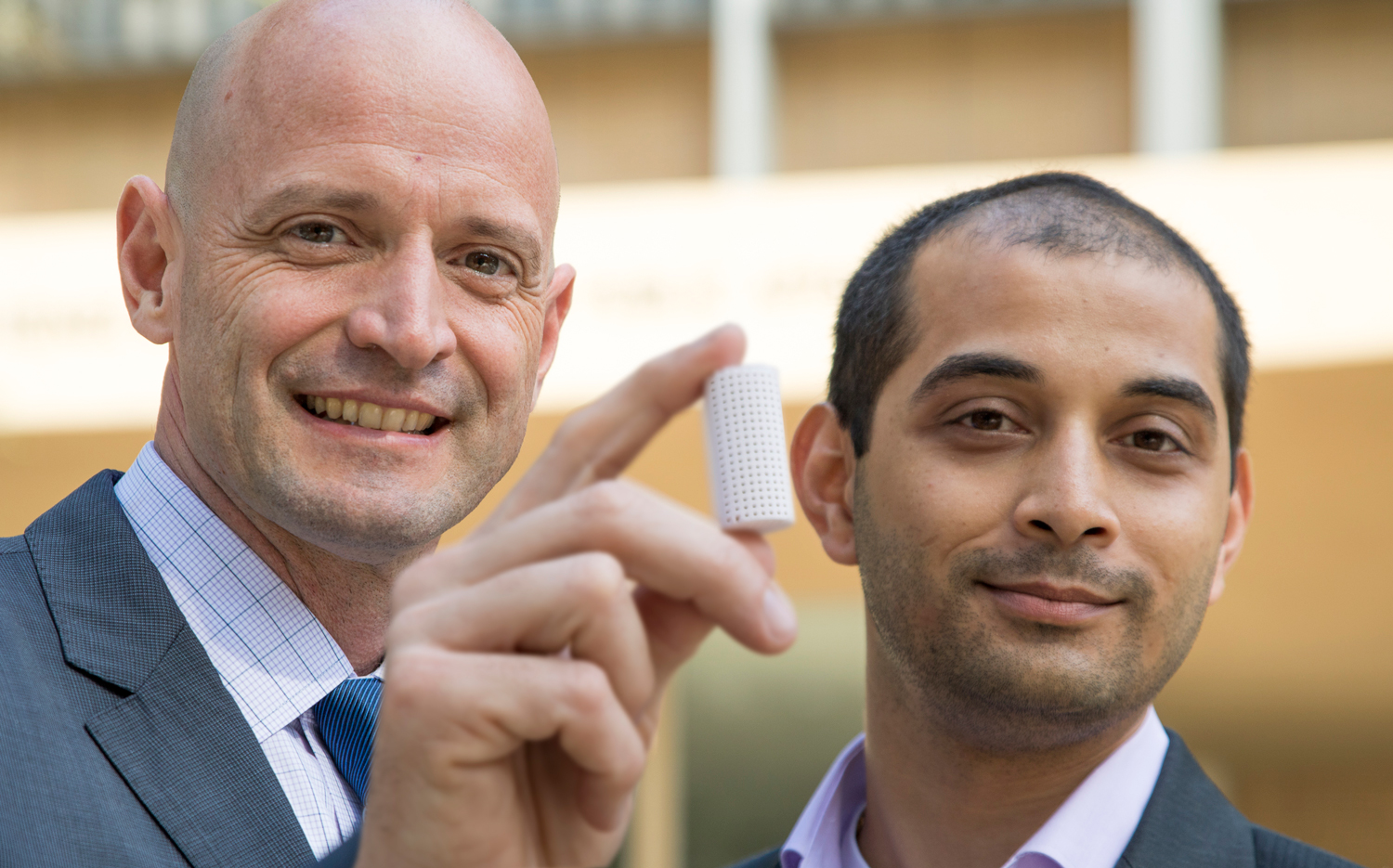By Melany De La Cruz-Viesca and Erin Fogg
A new report examining wealth inequality across racial and ethnic groups in Los Angeles shows substantial disparity with Japanese, Asian Indians, Chinese and whites ranking among the top, while blacks, Mexicans, other Latinos, Koreans and Vietnamese rank far behind.
“The Color of Wealth in Los Angeles” is the first report to compile detailed data on assets and debts among people of different races, ethnicities and countries of origin residing in the Los Angeles area. Researchers from UCLA, Duke University and The New School, with support from the Federal Reserve Bank of San Francisco and the Insight Center for Community Economic Development, analyzed data on assets and debts. Assets included savings and checking accounts, stocks, retirement accounts, houses and vehicles, while debts, included credit card debt, student loans, medical debt, mortgages and vehicle debt.
Three of the co-authors of the report have ties to the UCLA Luskin School of Public Affairs. Melany De La Cruz-Viesca, the lead author of the report, is a 2002 graduate of the Luskin School’s Department of Urban Planning, and is assistant director of the Asian American Studies Center at UCLA. Other co-authors include Paul Ong, professor of Urban Planning, Social Welfare and Asian American studies; and Zhenxiang Chen, a Public Policy graduate student. Also contributing were C. Aujean Lee, a doctoral student in Urban Planning, and Chhandara Pech, a MURP alum and currently a staff member at UCLA’s Center for Neighborhood Knowledge.
“Data that truly reflect the diverse and emerging patterns of wealth inequality across specific ethnic and racial groups has been hard to come by,” said William “Sandy” Darity, co-author and director of the Samuel DuBois Cook Center on Social Equity at Duke. “The patterns we were able to document may well be the first in-depth study of wealth, ethnicity and race in Los Angeles, especially for Mexicans and particular Asian national origin groups.”
Although much of the inequality discourse has focused on income, wealth is a better indicator of economic well-being and metric for understanding economic inequality. The accumulation of wealth is more likely to ensure financial security and opportunity for American families in the future, the authors said.
The report provides estimates for U.S.-born blacks, blacks who are recent immigrants from Africa, Mexicans, other Latinos, Asian Indians, Chinese, Filipino, Japanese, Korean, Vietnamese and non-Hispanic whites in the Los Angeles Metropolitan Statistical Area (Los Angeles and Orange counties) using new data from the National Asset Scorecard and Communities of Color survey.
Racial and ethnic differences in wealth show the extreme vulnerability of some nonwhite households in Los Angeles. The authors estimate that the typical U.S.-born black or Mexican family, for example, has just 1 percent of the wealth of a typical white family in Los Angeles — or one cent for every dollar of wealth held by the average white family in the metro area. Koreans hold 7 cents and Vietnamese possess 17 cents for every dollar of wealth owned by comparable white families.
The median value of liquid assets — those assets that quickly can be converted to cash — for Mexicans and other Latinos is striking, zero dollars and only $7, respectively, while the median value of liquid assets for white households is $110,000. This not only implies financial hardship in the long term, but it also makes families particularly vulnerable to short-term financial disruption, the report states.
White households in Los Angeles have an estimated median net worth of $355,000. By comparison, Mexicans and U.S.-born blacks are estimated to have a median net worth of $3,500 and $4,000, respectively.
Additionally, among nonwhite groups, Japanese ($592,000), Asian Indian ($460,000), Chinese ($408,200) and Filipino ($243,000) households had estimated median wealth values far in excess of blacks who recently emigrated from Africa ($72,000), other Latinos ($42,500), Koreans ($23,400) and Vietnamese ($61,500).
“The socioeconomic status of immigrants prior to entering the U.S. plays an important role in influencing the wealth position of particular groups,” said De La Cruz-Viesca. “This report not only reveals a nuanced story of racial wealth differences in L.A., perhaps more importantly, it also explores the local nature of asset markets and what factors influence the wealth status of communities of color.”
The majority of immigrants who came to the United States after the passage of the 1965 Immigration Act are highly educated, possess higher levels of wealth than the average American, and are highly skilled professionals who are more likely to hold jobs that pay more. One exception is Vietnamese immigrants, many of whom came to the United States as refugees generally with limited financial resources. The National Asset Scorecard and Communities of Color survey findings are consistent with this general pattern.
The NASCC survey findings reveal staggering disparities that should serve to urge lawmakers to identify and pursue policies that can help narrow racial wealth differences, the authors said. In particular, there’s a need to develop policies that address structural discrimination in asset and credit markets and the inherited inequalities associated with vast differences in parental wealth.
“The wealth disparities uncovered in this report are enormous, likewise it will take bold initiatives to address them,” said co-author Darrick Hamilton, associate professor of economics and urban policy and director of the Ph.D. program in policy at The New School. “‘Baby Bonds’ provide an example of a bold policy proposal that addresses the racial wealth gap, which locks in inequality at birth.”
Hamilton said that these government-provided trusts would take into account a person’s family wealth at birth. “The accounts would be used to seed a down payment on an asset like a home or a new business, so that everyone would have an opportunity to attain the economic security and wealth building mechanism of an asset that will appreciate over their lifetime.”

